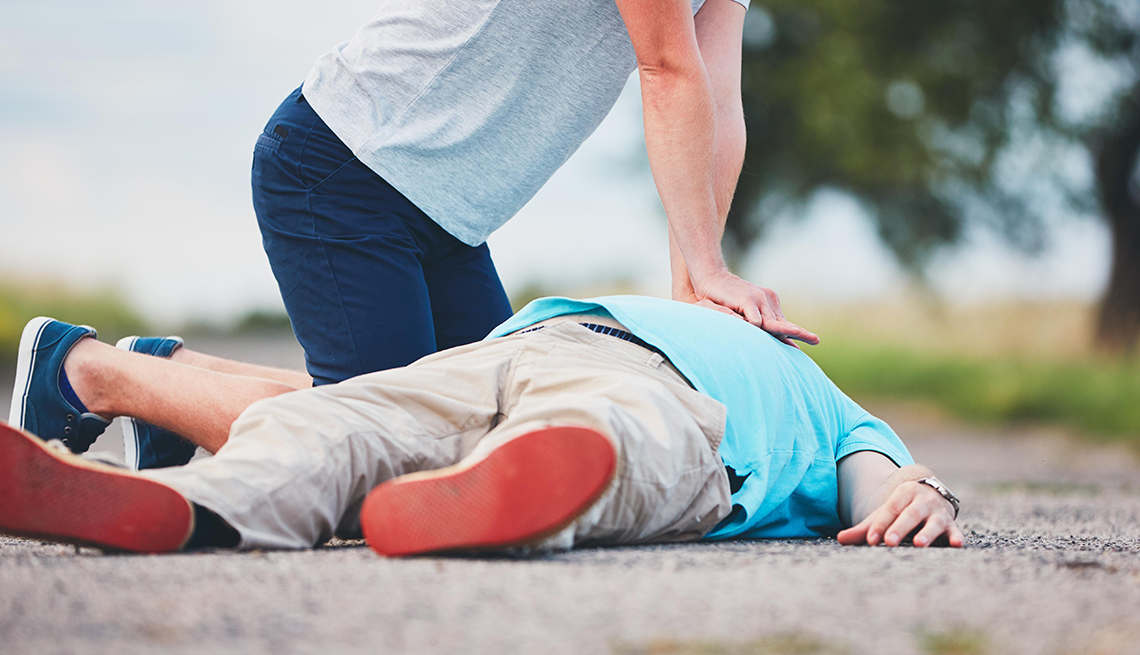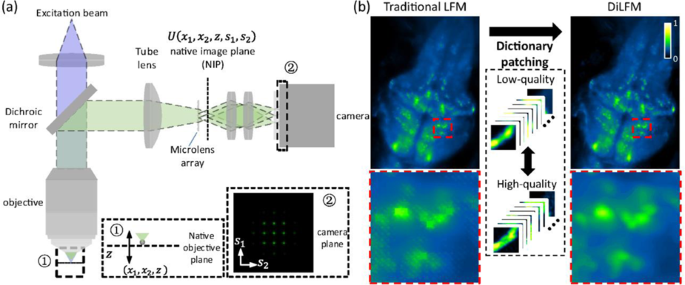
- Select a language for the TTS:
- UK English Female
- UK English Male
- US English Female
- US English Male
- Australian Female
- Australian Male
- Language selected: (auto detect) - EN
Play all audios:
Only about 46 percent of those who suffered cardiac arrests outside of a hospital in 2017 received bystander CPR, according to the AHA. Often, people don’t start CPR because they worry about
hurting someone or doing it wrong. But the latest research shows that it is very difficult to cause harm through CPR, even if the person doesn’t need it. “The only real way to do it wrong
is to not try to do it,” Abella says. If you want to brush up so that you can feel confident in the event of an emergency, here are five big changes you need to know about. DON’T WAIT.
Previously, the AHA recommended “looking, listening and feeling” for breathing or pulse before starting CPR. But that was wasting too much time, Bobrow says. A victim’s chance of survival
falls 7 to 10 percent for every minute you delay. So the current guidelines advise calling 911 and starting compressions immediately on someone who is unresponsive and not breathing
normally. “If it turns out they are not in cardiac arrest — say they’re drunk or they fainted — they will probably just push your hand away. No harm, no foul,” Bobrow says. SEND SOMEONE TO
LOOK FOR AN AED. If you’re in a public place, direct any onlookers to search for an automated external defibrillator while you start compressions. These days, AEDs are widely available in
airports, health clubs, shopping centers, apartment buildings, workplaces and more, and science shows they significantly boost survival rates. “Even if you’ve never seen an AED, as soon as
you take it out of its case, it will talk to you and walk you through how to apply it to a patient and save a life,” Abella says. Using one is as simple as placing pads on someone’s chest,
then standing clear before you press the “analyze” and then “shock” buttons to let the device test someone’s heartbeat, and deliver a shock if needed. NO MORE MOUTH-TO-MOUTH. This is by far
the biggest change in recent years. The AHA began recommending hands-only CPR for untrained bystanders after several studies showed that cardiac patients did as well or better when they got
hands-only CPR compared with the traditional version with breaths. “Every time you stop compressions to deliver breaths, you have no blood flow, and those pauses in blood flow are a
problem,” Abella says.







